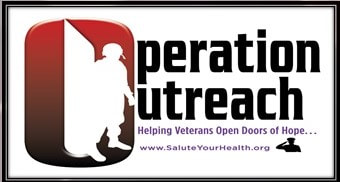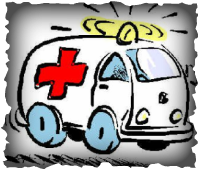First Aid
|
|
When to Call an AmbulanceAn ambulance should be called if:
|
Safety TipsThese safety tips should reduce the chance of injury during a seizure:
|
Here is an excellent video of some first aid for seizures "best practices"!


